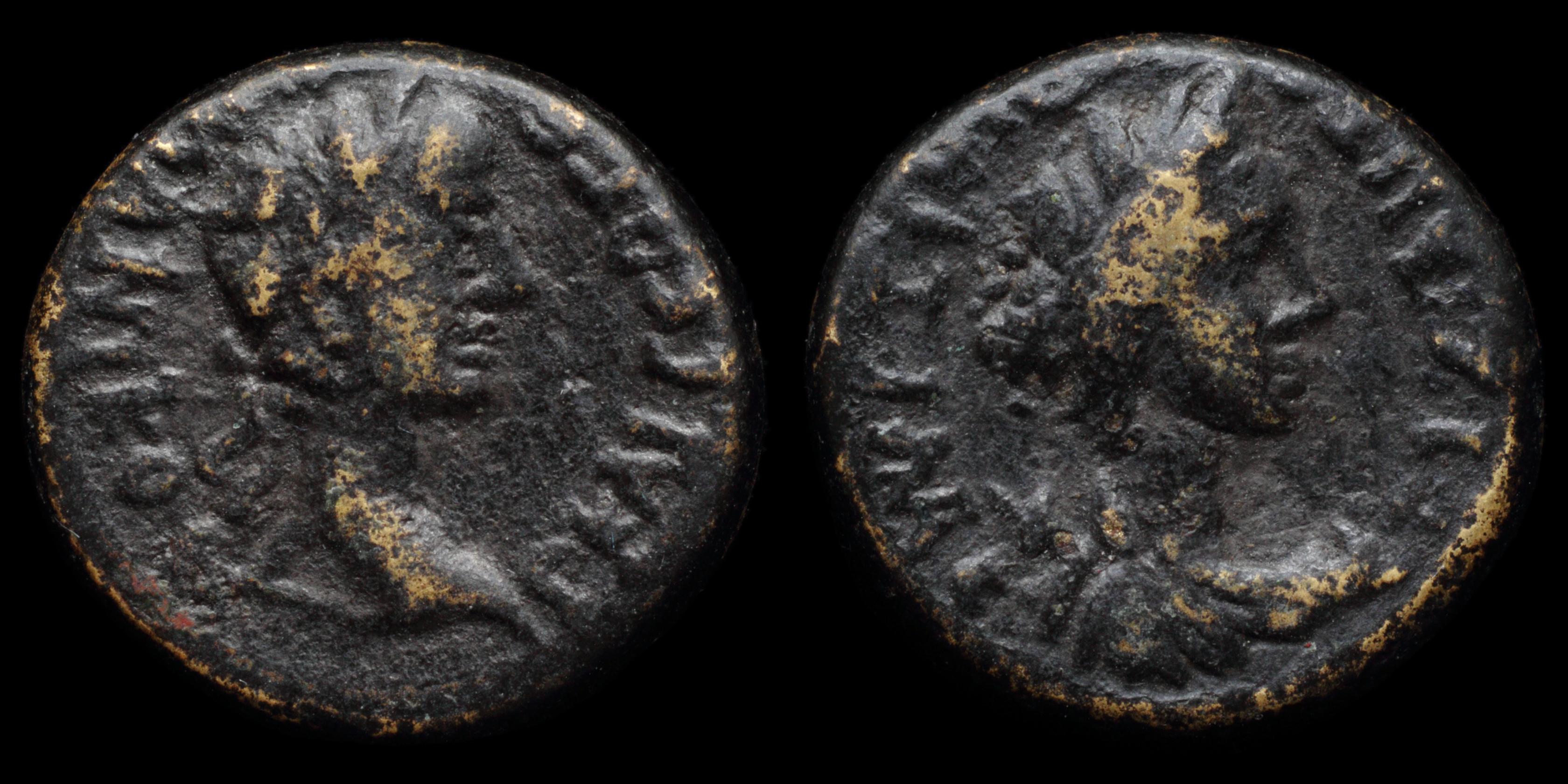Aizanoi, Latinized as Aezani, was an Ancient Greek city in western Anatolia. Located in what is now Çavdarhisar, near Kütahya, its ruins are situated astride the River Penkalas, some 1000m above sea level.
Settlement in the area is known from the Bronze Age. The city may have derived its name from Azan, one of three sons of Arcas and the nymph Erato, legendary ancestors of the Phrygians. During the Hellenistic period the city changed hands between the Kingdom of Pergamum and the Kingdom of Bithynia, before being bequeathed to Rome by the former in 133 BC. It continued to mint its own coins. Its monumental buildings date from the early Empire to the 3rd century.
The city was an important political and economic centre in Roman times; surviving remains from the period include a well-preserved Temple of Zeus, unusual combined theatre-stadium complex, and macellum inscribed with the Price Edict of Diocletian. It became a Christian bishopric at an early stage, and its bishop Pisticus (or Pistus) was a participant at the First Council of Nicaea, the first ecumenical council, in 325.
After the 7th century, Aezani fell into decline. Later, in Seljuk times, the temple hill was converted into a citadel by Çavdar Tatars, after which the recent settlement of Çavdarhisar is named. The ruins of Aizanoi were discovered by European travellers in 1824.
Settlement in the area is known from the Bronze Age. The city may have derived its name from Azan, one of three sons of Arcas and the nymph Erato, legendary ancestors of the Phrygians. During the Hellenistic period the city changed hands between the Kingdom of Pergamum and the Kingdom of Bithynia, before being bequeathed to Rome by the former in 133 BC. It continued to mint its own coins. Its monumental buildings date from the early Empire to the 3rd century.
The city was an important political and economic centre in Roman times; surviving remains from the period include a well-preserved Temple of Zeus, unusual combined theatre-stadium complex, and macellum inscribed with the Price Edict of Diocletian. It became a Christian bishopric at an early stage, and its bishop Pisticus (or Pistus) was a participant at the First Council of Nicaea, the first ecumenical council, in 325.
After the 7th century, Aezani fell into decline. Later, in Seljuk times, the temple hill was converted into a citadel by Çavdar Tatars, after which the recent settlement of Çavdarhisar is named. The ruins of Aizanoi were discovered by European travellers in 1824.
Modern location: Çavdarhisar, Turkey
(1)
Caligula
|
Praxime

Obverse: laureate head right; Γ KAIΣ ΣEB ΓE__PMANIKOΣ
Reverse: draped bust of Artemis right, quiver on shoulder; ΑΙΖΑΝΙΤΩΝ ΕΠΙ ΠΡΑΞΙΜΕ
Diameter:
15 mm
Die Orientation: -
Weight: 3.8 g
Die Orientation: -
Weight: 3.8 g
https://rpc.ashmus.ox.ac.uk/coins/1/3074A
RPC I, 3074A; vA Aezani 37 corr.
